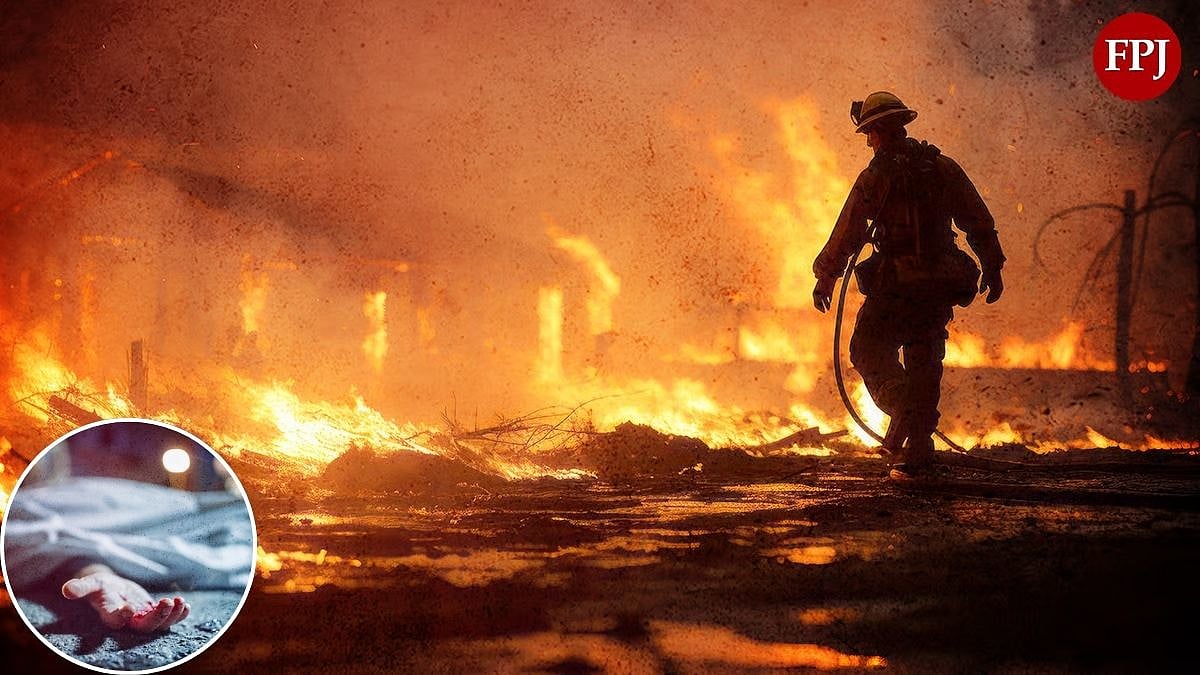On Monday, the world was buzzing with hope after scientists at the University of Oxford announced that a vaccine that has been developed by them has produced a strong immune response. If this vaccine is a success, it’ll be the start of the possibility to fight back against a virus that has infected over 1.4 crore people across the world since it entered the Wuhan province of China.
Here’s what we know so far
1. While speaking about the immune response during the Phase 1 and Phase 2 trials, Professor Sarah Gilbert, who is in-charge of the project said that the team was aware that there was an immune response. “However, we cannot tell how strong that immune response will be.”
2. The Phase2 study of the vaccine that was published in The Lancet showed that the vaccine hasn’t caused unexpected ill-effects, and has produced a relatively strong human response.
3. Scientists have said that the next phase will see if that immune response will protect people from the novel coronavirus, COVID-19 and how different age-groups respond to that vaccine
4. “These encouraging results support further evaluation of this candidate vaccine in our ongoing large scale Phase III programme, that is still needed to assess the ability of the vaccine to protect people from COVID-19,” says Professor Gilbert
5. The university is also working with UK biopharmaceutical company AstraZeneca for development, large-scale manufacture and potential distribution of the vaccine. The World Health Organisation, too, has said that it is good news, but there is still a lot to be done.
6. Notably, the United States in May secured almost a third of the first 1 billion doses planned for AstraZeneca’s experimental COVID-19 vaccine by pledging up to $1.2 billion
7. So far, commitments to supply more than 2 billion doses of the vaccine have been agreed with the UK, US, Europe’s Inclusive Vaccines Alliance (IVA), the Coalition for Epidemic Preparedness (CEPI), Gavi the Vaccine Alliance and Serum Institute of India. "We are working on the AstraZeneca Oxford vaccine which is undergoing phase III clinical trials. Besides, we will also start human trials in India in August 2020. Based on the current situation and most recent updates on the clinical trials, we are hoping that the AstraZeneca Oxford vaccine will be available towards the end of 2020," Serum Institute of India CEO Adar Poonawalla told news agency PTI.
8. In an interview with Indian Express, Poonawala added that it would take a long time before everyone gets a vaccine because of the number of doses that needs to be administered. "This includes challenges in administering the doses in all parts of the world and it may not necessarily mean that the first vaccine that is licensed is the best one. There are many different scientific approaches being taken to make the Covid-19 vaccine and we will have to wait and see which is the best vaccine to be given to the world," he told the daily, adding that he could not comment on the number of doses made so far. "Yet, we plan on making 3 million doses in three months."
8. Recently, scientists at Kings College, London identified six different types of coronavirus, which they say is a breakthrough that ‘promises to save lives’

9. The six clusters have been classified as
a) (‘flu-like’ with no fever): Headache, loss of smell, muscle pains, cough, sore throat, chest pain, no fever.
b) (‘flu-like’ with fever): Headache, loss of smell, cough, sore throat, hoarseness, fever, loss of appetite.
c) (gatrointestinal): Headache, loss of smell, loss of appetite, diarrhoea, sore throat, chest pain, no cough.
d) (severe level one, fatigue): Headache, loss of smell, cough, fever, hoarseness, chest pain, fatigue.
e) (severe level two, confusion): Headache, loss of smell, loss of appetite, cough, fever, hoarseness, sore throat, chest pain, fatigue, confusion, muscle pain.
f) (severe level three, abdominal and respiratory): Headache, loss of smell, loss of appetite, cough, fever, hoarseness, sore throat, chest pain, fatigue, confusion, muscle pain, shortness of breath, diarrhoea, abdominal pain.
10. The vaccine trials on these six different types will also be for an interesting study. If Oxford ties up with King’s College London to treat potential patients, only time will tell how the vaccine reacts differently for different people.









